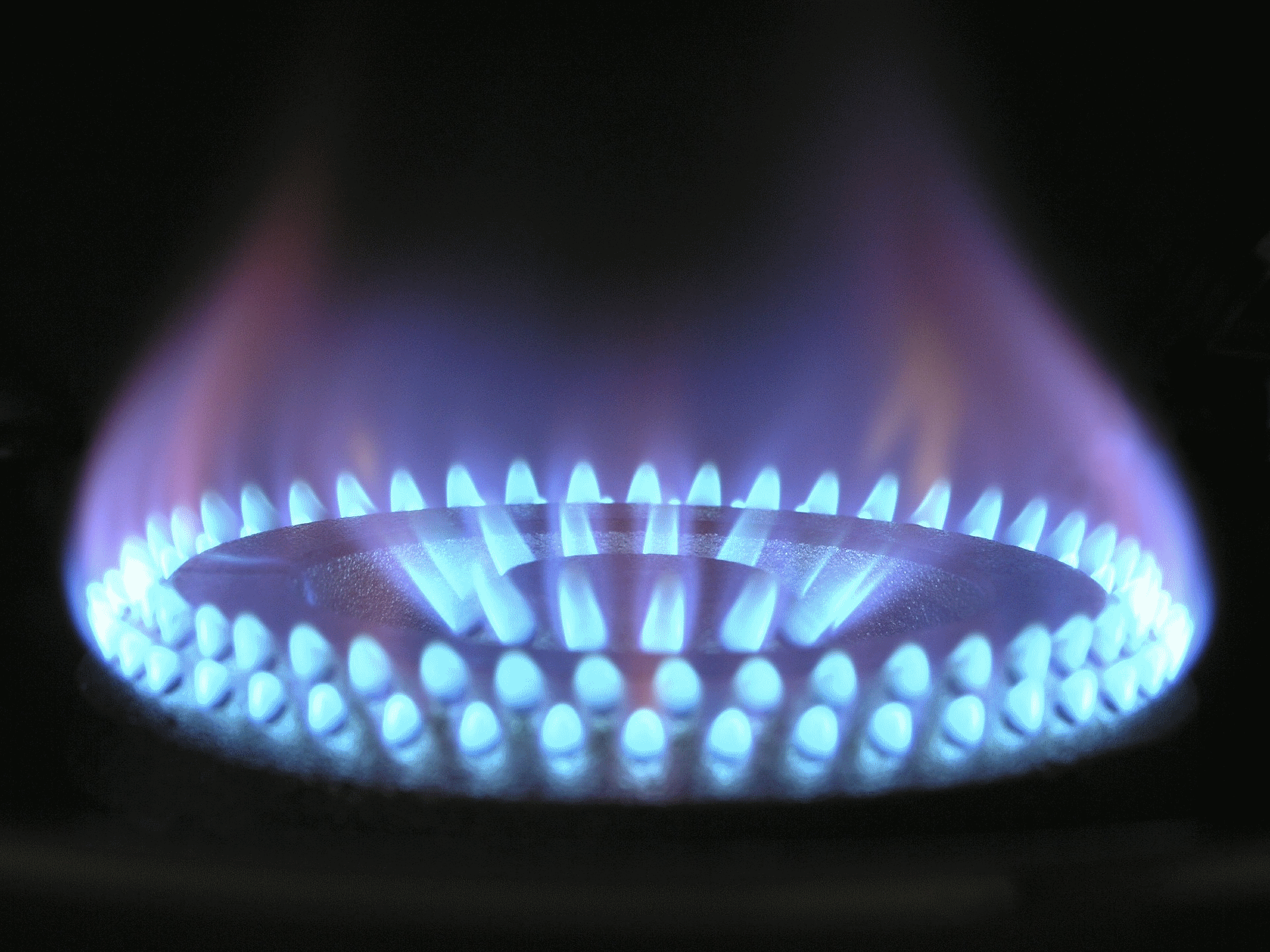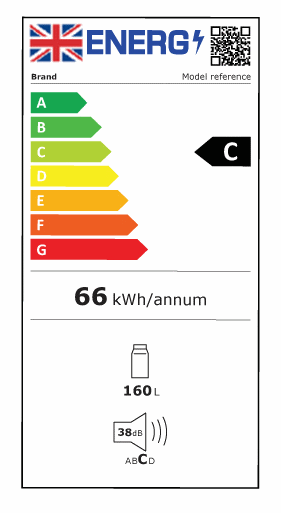
Energy is one of the biggest annual costs for UK households, and with the costs increasing, making a few simple changes could help reduce energy usage and keep costs down. As the kitchen is usually the focal point for much of your household’s energy use, we’ve come up with a few energy saving tips for the kitchen that you might not have thought of, but that could save you money.
1. Switch to a Microwave
Obviously, you need to ensure your food preparation methods don’t affect the quality of your meal, but using a microwave is far more energy efficient than cooking on a traditional gas or electric hob when you’re heating up small amounts of food.
2. Boil water in a kettle
Heat water in a kettle rather than on the hob. You can transfer it into a pan once it’s already boiled. Try to only use as much water as you need – boiling extra takes more time and energy.
3. Keep oven door shut
Try not to open the oven door repeatedly – you’ll let out hot air and waste energy. If you can, take a look through the glass door instead.
4. Use a Slow cooker
Slow cookers use just a little more energy than a traditional light bulb, so they’re a great alternative to using your oven. You can leave your food to cook slowly throughout the day and use one pot, which saves on washing up. If you are looking to invest in a slow cooker it’s handy to find a model with a timer so the food isn’t overcooked, and energy unnecessarily wasted. Shop for slow cookers at Argos.
5. Using the correct cookware
Glass and ceramic dishes are best for use in the oven as they retain heat better than their metal counterparts. On the hob, copper-bottomed pans heat up much quicker than stainless steel ones, and cast-iron pans are good for retaining heat, too, so you won’t need the hobs turned up so high.
Kitchen Appliances
When it’s time to upgrade your kitchen appliances, you should first consider the size of the appliance you need. For instance a slim line dishwasher will typically cost less to run than a full-sized one.

Another thing to look out for is the energy label. This will tell you how energy-efficient an appliance is. An appliance with an “A” rating is the most energy-efficient and can reduce long-term running costs. For more information on energy labels and what to look out for see our article on New Energy Labels.
While fridges and freezers are traditionally the largest single consumers of electricity in the home because they’re always on, you can save energy by turning off other electronic appliances that would normally be in stand-by mode. Dishwashers, microwaves, washing machines, and tumble dryers will all eat up electricity when left on stand-by so try to get into the habit of turning them off at the plug to save energy.